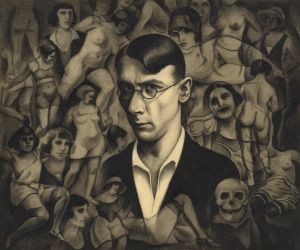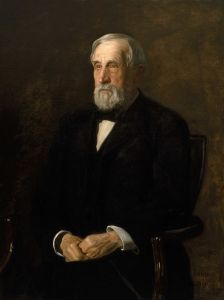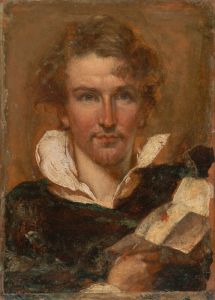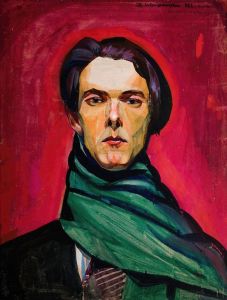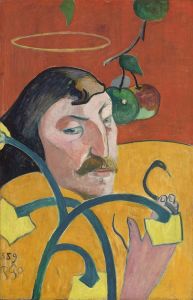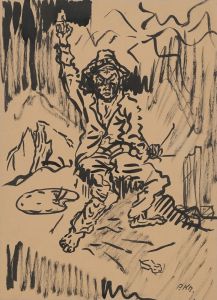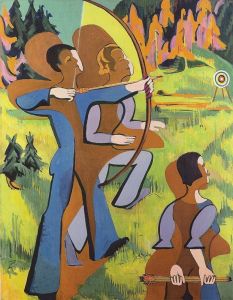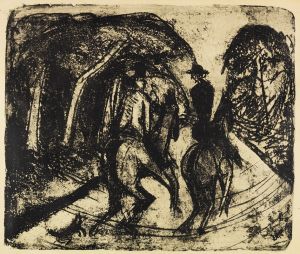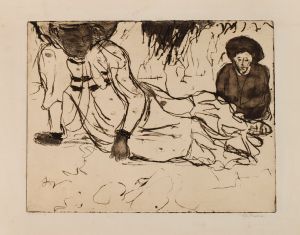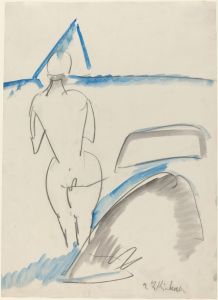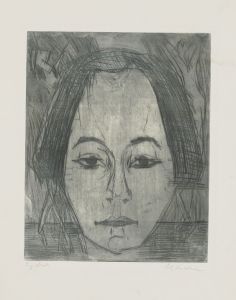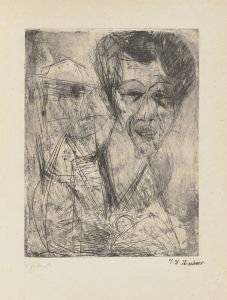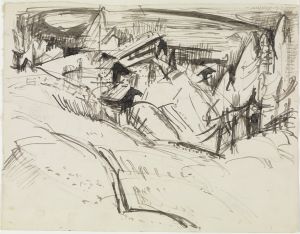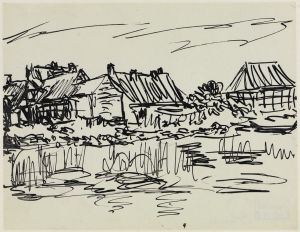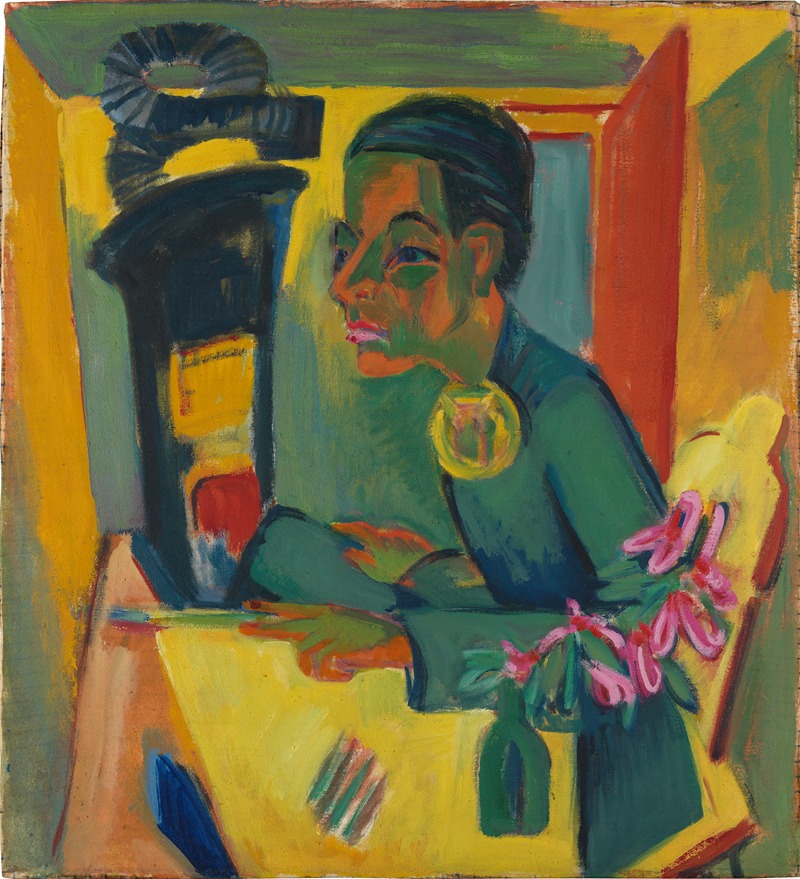
Der Maler
A hand-painted replica of Ernst Ludwig Kirchner’s masterpiece Der Maler, meticulously crafted by professional artists to capture the true essence of the original. Each piece is created with museum-quality canvas and rare mineral pigments, carefully painted by experienced artists with delicate brushstrokes and rich, layered colors to perfectly recreate the texture of the original artwork. Unlike machine-printed reproductions, this hand-painted version brings the painting to life, infused with the artist’s emotions and skill in every stroke. Whether for personal collection or home decoration, it instantly elevates the artistic atmosphere of any space.
Ernst Ludwig Kirchner was a prominent German expressionist painter and one of the founding members of the influential art group Die Brücke (The Bridge), which played a crucial role in the development of modern art in the early 20th century. Kirchner's work is characterized by its bold use of color, dynamic compositions, and a focus on the human figure, often reflecting the anxieties and tensions of modern urban life.
"Der Maler" (The Painter) is one of Kirchner's notable works, although specific details about this particular painting are not widely documented. Kirchner's oeuvre often includes self-portraits and depictions of artists, which are reflective of his introspective nature and his exploration of the artist's role in society. His self-portraits, in particular, are known for their psychological depth and intensity, often conveying a sense of vulnerability and existential reflection.
Kirchner's style was heavily influenced by various sources, including African and Oceanic art, which he encountered through ethnographic museums and collections. This influence is evident in his use of simplified forms and expressive lines, which aim to capture the emotional essence of his subjects rather than their realistic representation. His work also shows the impact of post-impressionist artists like Vincent van Gogh and Edvard Munch, whose use of color and exploration of emotional themes resonated with Kirchner's artistic vision.
The period during which Kirchner created his most significant works was marked by rapid industrialization and urbanization in Germany, particularly in cities like Berlin, where he spent a significant portion of his career. The bustling city life, with its vibrant yet chaotic energy, became a central theme in his paintings. Kirchner often depicted scenes of city streets, cabarets, and the people who inhabited these spaces, capturing the dynamic and sometimes disorienting experience of modernity.
Kirchner's career was profoundly affected by the events of World War I and the subsequent political and social upheavals in Germany. He volunteered for military service but was discharged due to health issues, including a nervous breakdown. This experience left a lasting impact on his mental health and his work, which became increasingly introspective and somber.
In the 1930s, the rise of the Nazi regime in Germany posed a significant threat to Kirchner and his art. The Nazis condemned modern art as "degenerate," and Kirchner's works were removed from museums and collections. This period of persecution and isolation contributed to his deteriorating mental health, and in 1938, Kirchner tragically took his own life in Switzerland.
Despite the challenges he faced, Kirchner's legacy as a pioneering expressionist artist endures. His work continues to be celebrated for its innovative approach to color, form, and the exploration of the human condition. "Der Maler," like many of Kirchner's paintings, exemplifies his commitment to capturing the emotional and psychological complexities of his time, offering viewers a window into the tumultuous yet vibrant world of early 20th-century Europe.





